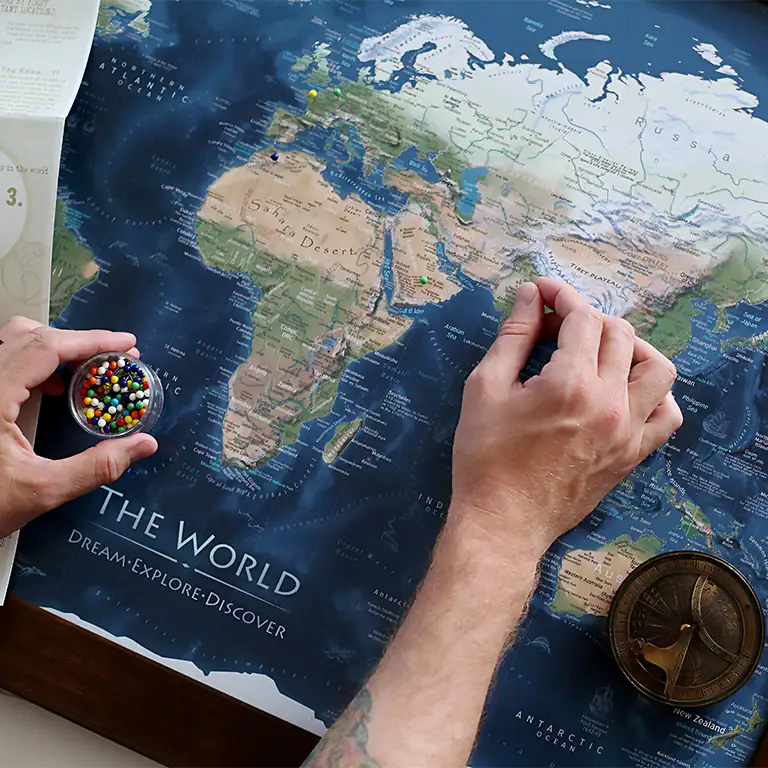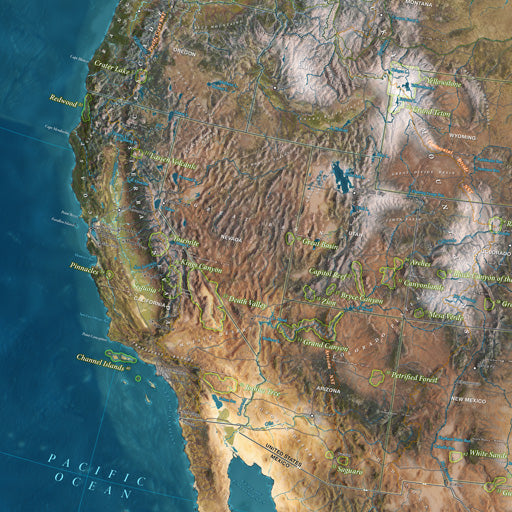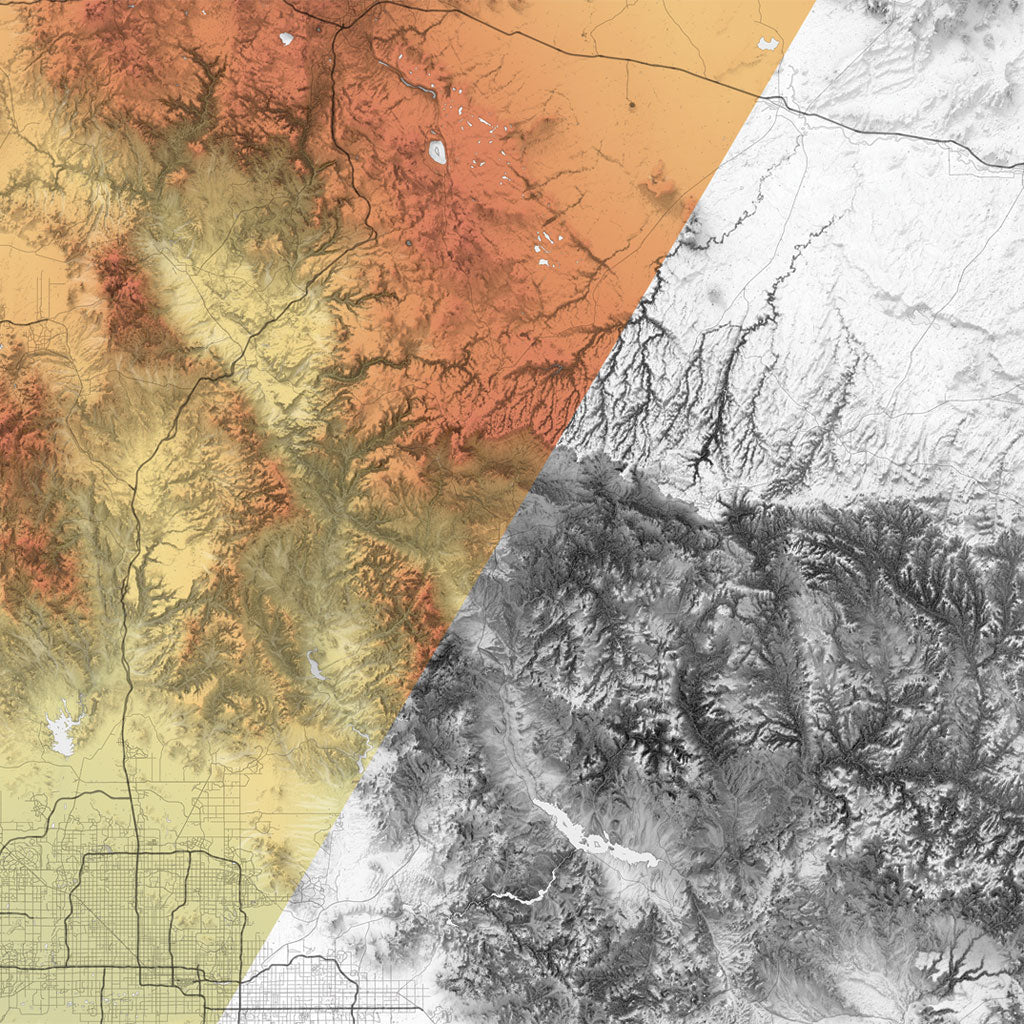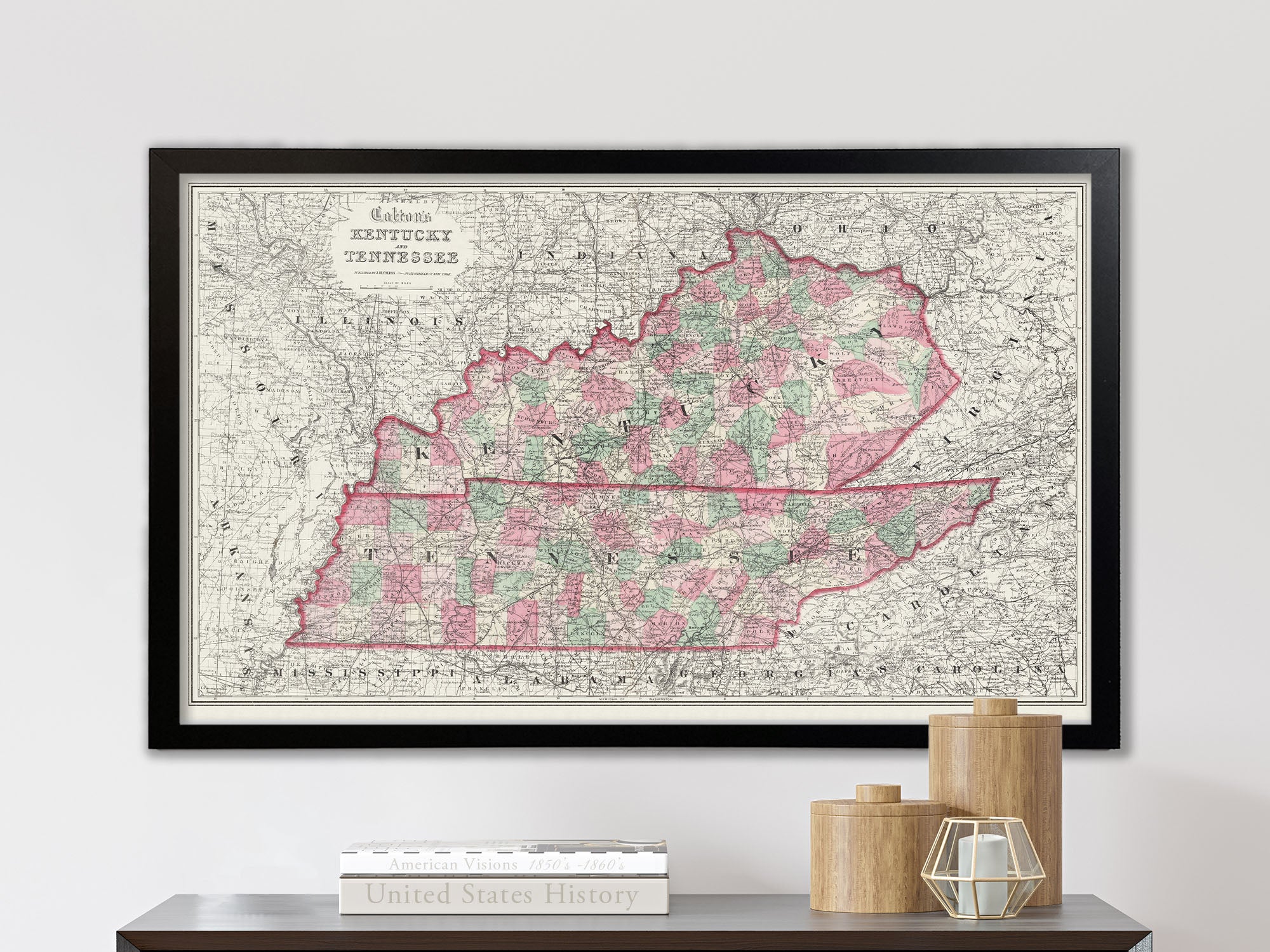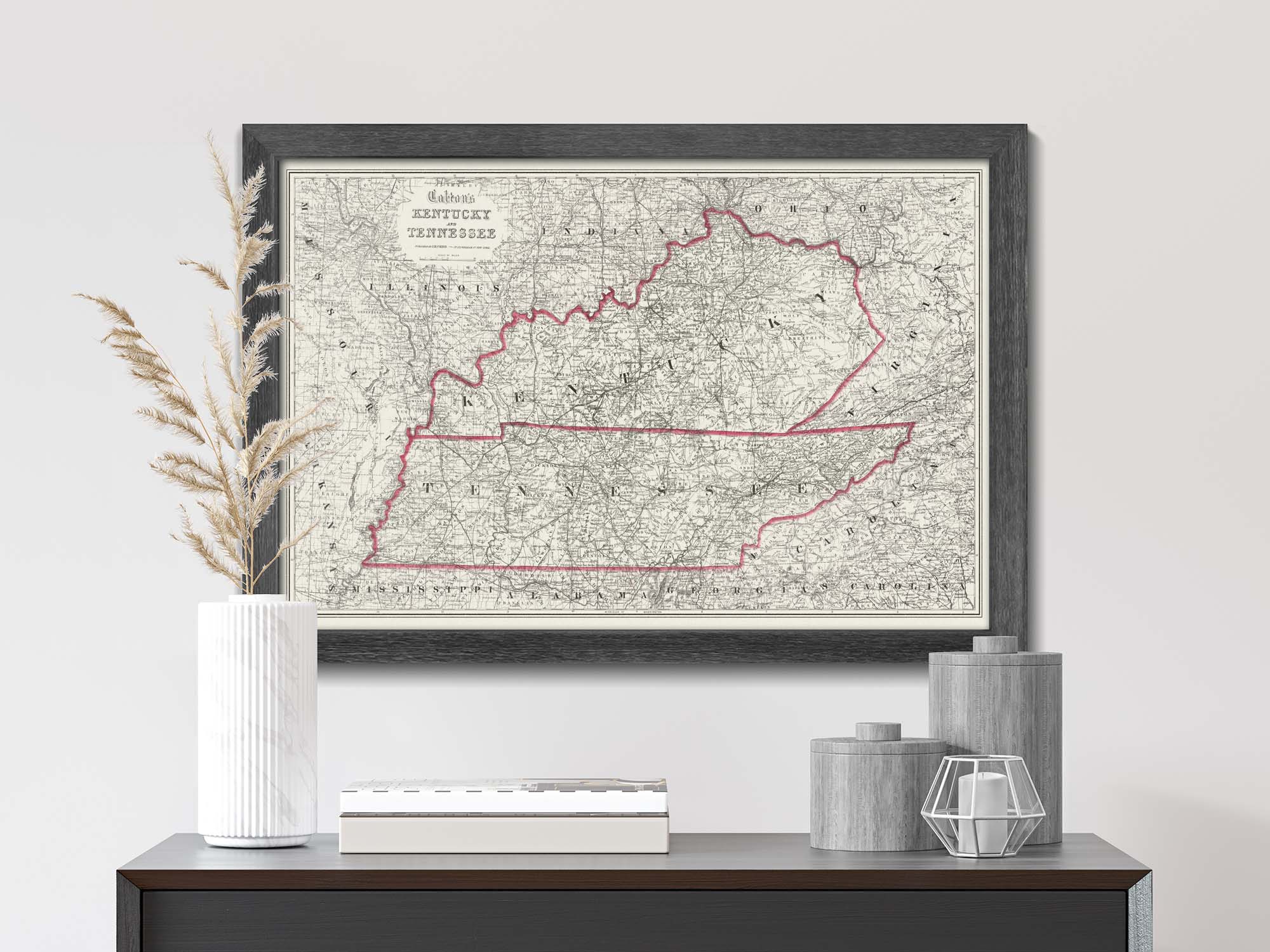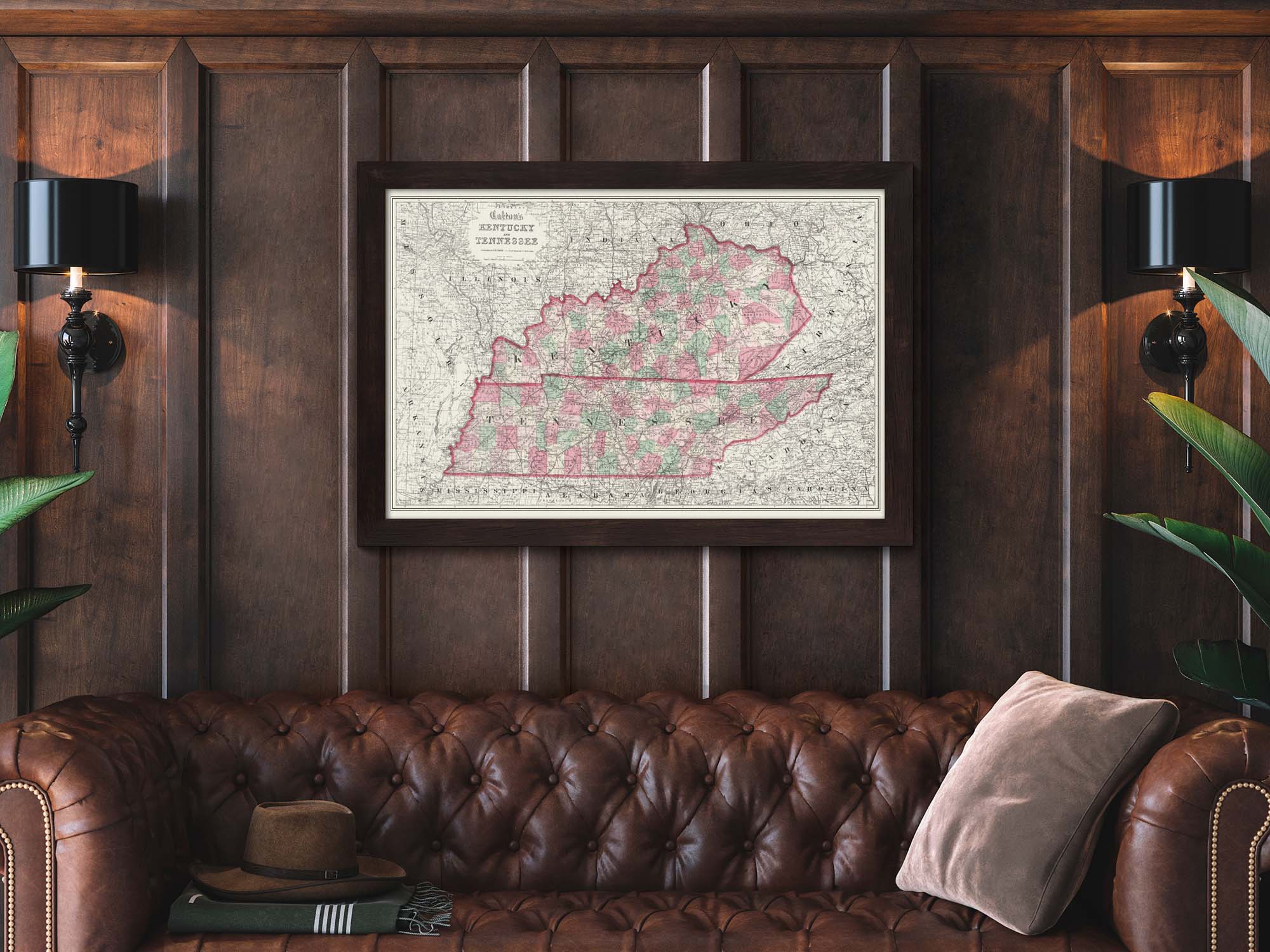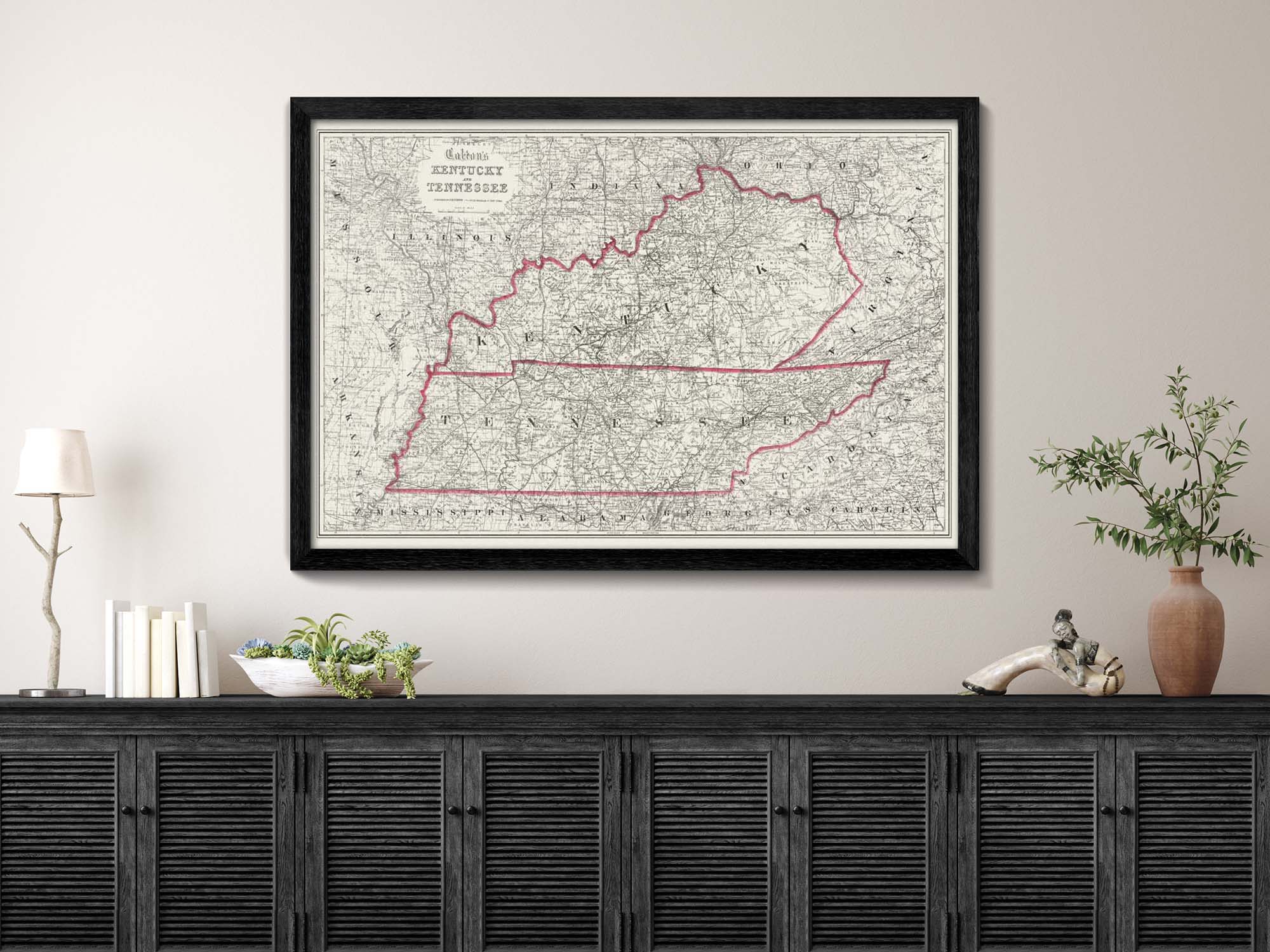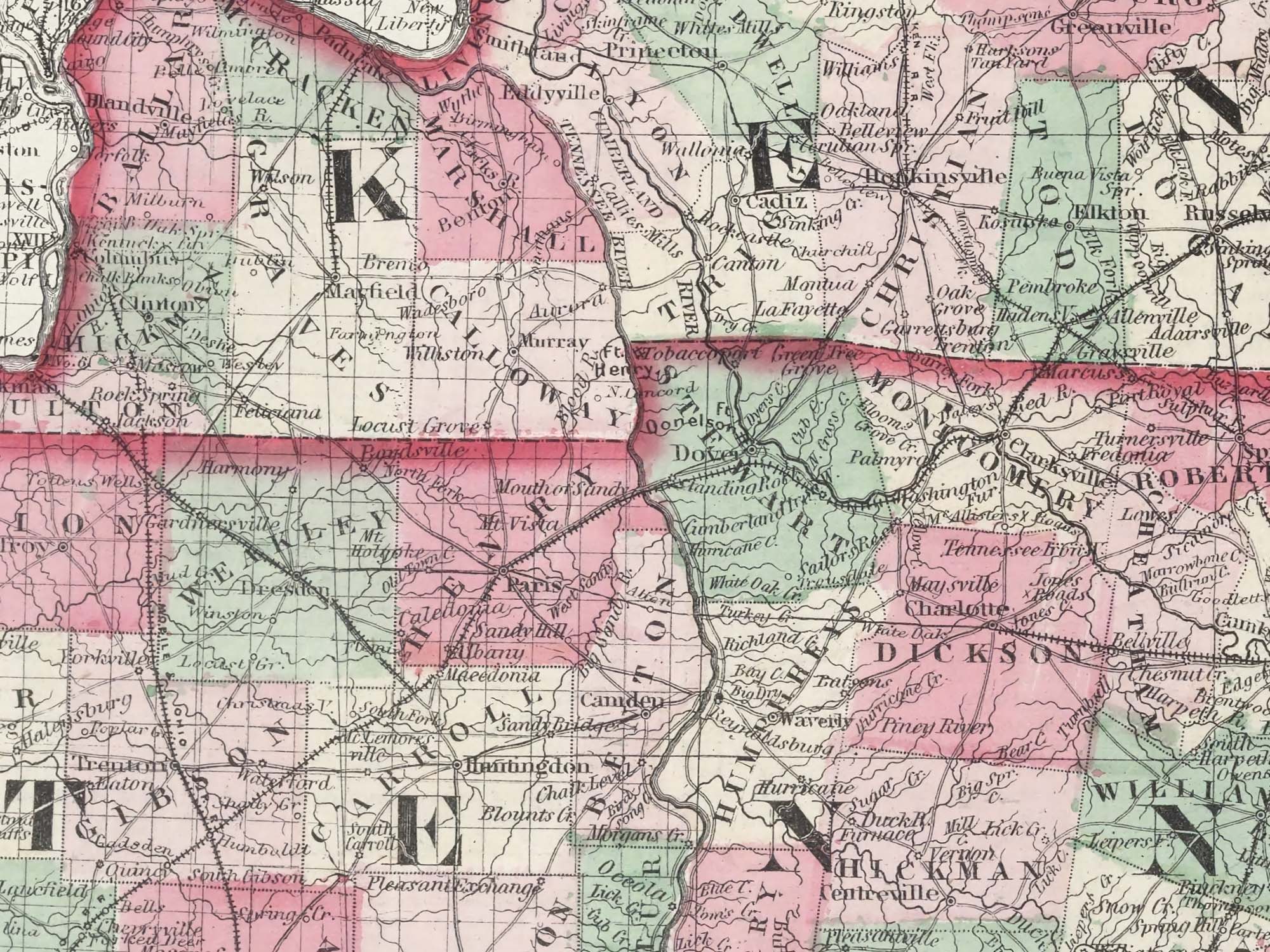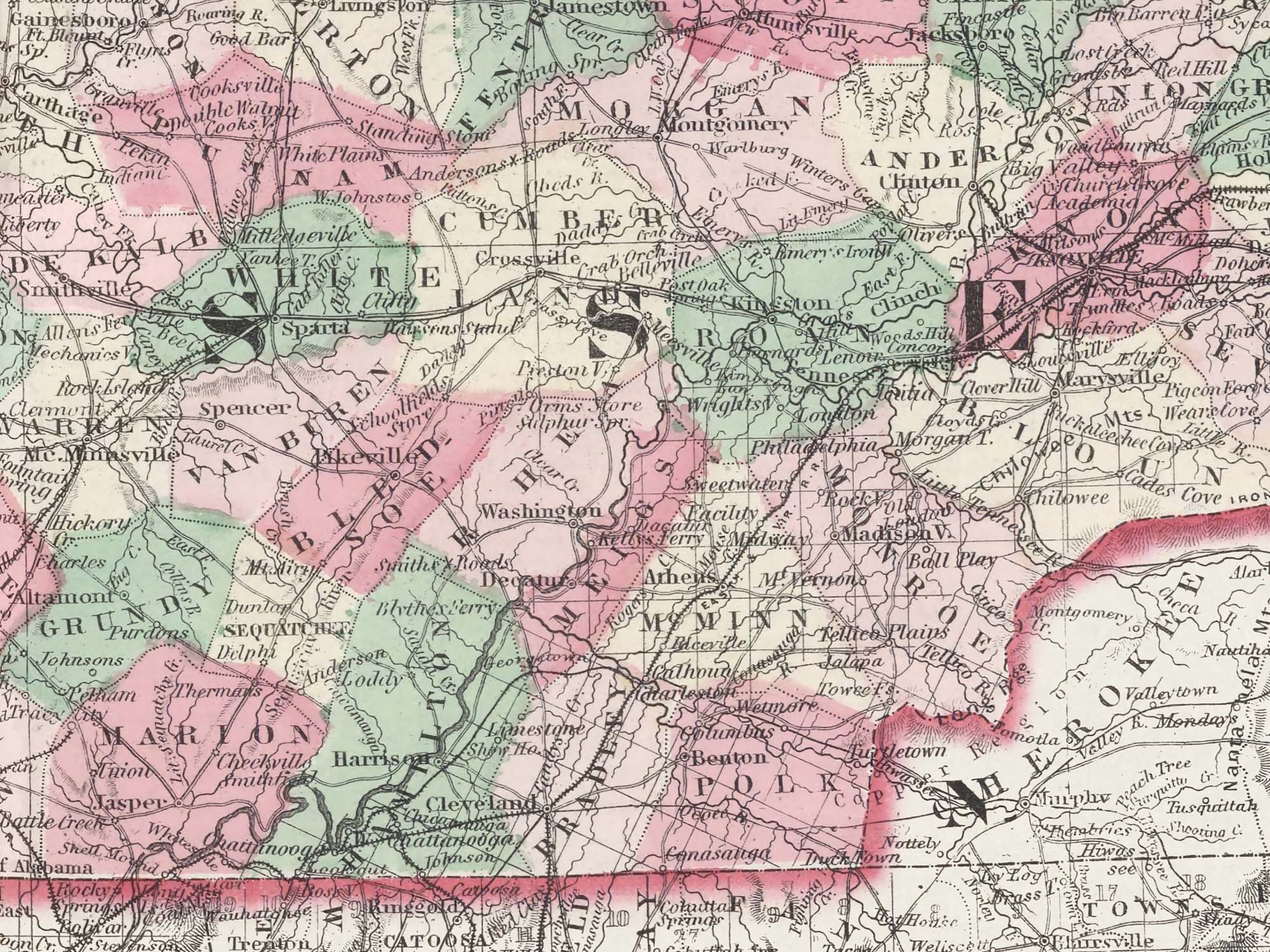This map is a faithful reproduction of the original 1850 map restored to its former glory using the latest digital imaging technology.
Vintage Kentucky and Tennessee Map
Standard maps will enter production right away, within the next business day. Larger orders may take more time.
All push pin board maps (framed or canvas wrap) include push pins, are easy to hang, and ship free in the continental US. We'll select the optimal shipping method for fast delivery.
For personalized maps we collaborate closely to guarantee satisfaction. Expect a proof to be sent to you. Your swift responses will facilitate the production and shipping process.
If there are any problems with your map we will take care of you. Returns for all maps are straightforward and hassle-free.
For personalized maps, engaging with the email proofs we send ensures that the final product meets your expectations precisely.
We have 30+ years of cartography experience, meticulously craft each order by hand to ensure excellence, and 100% guarantee your satisfaction. We produce maps that are built to last, with state of the art production and archival quality materials.
Customize with quotes, legends, or dedications using "Personalize Map" options to craft your masterpiece map. Or reach out to us if you don't see the option you want.
We collaborate with you from design to approval of your proof so that you are 100% happy before we print and ship.
Our excellent customer service is always open to you.
Restored 1850's Map
Fine Art Quality
Impressively produced with Archival Inks, Rich Color Depth, and clear and vivid labels. We use premium matte paper.
Expert Craftsmanship
We prepare the map using Fine Art Giclee production techniques. We roll the map in a sturdy tube for shipping to provide a crease-less piece of art.
Vintage Kentucky and Tennessee Map
- Description
- Specs & Construction
About the Map: Explore the geographic history of the state of Kentucky and Tennessee in this historic map. This map is part of our vintage USA State Map Collection showing the geography of the states in the 1850-1860s and the time of the Civil War.
Restoration: The map is a reproduction of the original map meticulously restored to its former glory using the latest digital imaging technology. Using this technology, we carefully restored the colors, torn edges, creases, smeared writings and more. We enhanced features while keeping the original character and design of the map.
This map is unframed, sold as an art print. Frames are shown for illustration ONLY.
Geographic Details: This historic map shows many details of towns, roads, railroads, and waterways in the 19th century of the United States.
Shows historic cities such as Louisville, Lexington, Nashville and more!
Explore the historic boundaries of the cities, counties, and states that have changed over the years. Discover physical changes in the geography - such as former lakes and canals used for transportation and agriculture.
Available Sizes: For an impressive display and maximum readability, choose the largest size available.
Smaller size prints make excellent wall art in groups. Please note that there is no guarantee that small text will be legible in print.
Great Gift For: Interior Designers, Teachers, History Buffs, Anniversaries, Birthdays, Friends, Family, and many more!
Production and Shipping Times: The amount of time it takes for your map to arrive depends on where you live and how fast you approve the proof if you’ve ordered a custom map. See Production & Shipping.
Quality and Guarantee: We stand behind our work and guarantee the construction and quality. Contact us if you have any problems with your map and we will coordinate to ensure you are very happy with your purchase.
Materials and Production: This reproduction is printed on Fine Art Museum Quality Paper with giclée inks. The thick paper is archival quality and acid-free with vivid color definition.
Paper details:
- 10 mil thick
- 230 gsm weight
- Museum Quality Matte finish
Made in the USA by a USA Small Business and Professional Geographer & Cartographer.
Shipped in a tube and rolled to eliminate creases.
Why choose GeoJango Maps
- We have a lifelong passion for maps, backed by 30+ years of cartography experience and Master's Degrees in Geographic Information Systems (GIS) from Penn State University and Environmental Science from the University of South Florida.
- Our incredible investment into the design of our maps results in unparalleled detail that matters: they will educate you, and grow with you as you travel the world and track your travels—where other maps miss the mark.
- We’ve built the leading map production studio in the USA and use exclusively USA-made materials. Each pin map is proudly crafted by hand, printed by us on the finest materials, mounted on museum-quality Gatorfoam, and carefully framed just for you.
History of the Time
The 1850s were a pivotal decade in the histories of both Kentucky and Tennessee, marked by economic changes, political debates, and the escalating tensions that would eventually lead to their involvement in the American Civil War.
In Kentucky, the 1850s brought economic diversification and political complexities. The state's economy remained largely agrarian, with tobacco and hemp as major cash crops. However, there was also a growing industrial sector, particularly in cities like Louisville. The expansion of railroads facilitated transportation and trade, connecting Kentucky's agricultural products to national markets.
The issue of slavery loomed large in Kentucky's history during the 1850s. The state's proximity to the South led to divided sentiments over slavery, with some areas advocating for its continuation and others supporting gradual emancipation. The passage of the Fugitive Slave Act of 1850 heightened the tensions between pro-slavery and anti-slavery factions, reflecting the broader debates over slavery in the nation.
Political debates in Kentucky centered around the issue of slavery and the sectional tensions gripping the nation. The state's position as a border state placed it at a crossroads, with some residents supporting the preservation of the Union and others advocating for states' rights. As the Republican Party emerged and gained influence, Kentucky's alignment with the party's antislavery stance and its commitment to preserving the Union highlighted its internal divisions.
Tennessee, like Kentucky, faced significant political and economic challenges during the 1850s. The state's economy was based on agriculture, with cotton being a dominant crop. The expansion of railroads and river transportation bolstered trade and commerce, particularly in cities like Memphis and Nashville.
The issue of slavery played a critical role in shaping Tennessee's history during this decade. While the majority of the state's residents were pro-Union, the institution of slavery still had deep roots in many areas. The debates over slavery's expansion, the Fugitive Slave Act, and the future of the nation intensified Tennessee's internal conflicts and aligned it with the broader national divisions.
As the 1850s progressed, the political landscape in Tennessee shifted. The Democratic Party, once dominant, saw its unity fracture along sectional lines due to the debates over slavery. The emergence of the Republican Party and its antislavery stance resonated with many Tennesseans who were disillusioned with the Democratic Party's divisions.
Both Kentucky and Tennessee faced significant crossroads as the decade came to a close. The election of Abraham Lincoln as the 16th President of the United States in 1860 set the stage for the secession of southern states, including South Carolina. Both Kentucky and Tennessee initially attempted to maintain their positions within the Union, but as the secession crisis deepened and the Civil War began in 1861, both states became divided and ultimately joined the Confederacy.
In conclusion, the 1850s were a transformative period for both Kentucky and Tennessee, characterized by economic development, political divisions, and the escalating debates over slavery and secession. The states' roles as border states situated between the North and the South shaped their trajectories as they grappled with the complex issues of the era. The decisions made during this decade would ultimately set the stage for their involvement in the momentous events of the Civil War.




